|
Growing Cucumbers to Fulfill That Delicious Salad Flavor
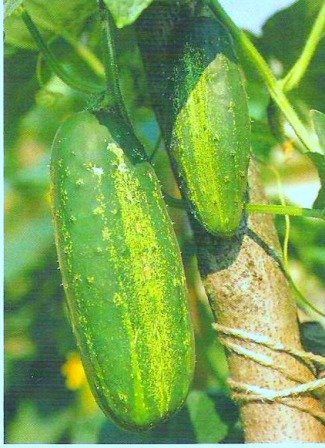
There are some varieties that grow like vines while others grow as bushes. I like to see the vine growing ones; they’re quite interesting to look at in a garden. Once cucumbers are given warm weather, long deep irrigation and space you can definitely achieve success. We’re going to discuss growing cucumbers the easy way and how to get that yummy bitter-free cucumber flavor. Ok let’s go to… Planting CucumbersAfter the last frost date in your area, sow seeds during spring. By that time, the temperature of the soil should be warmed to at least 60 degrees F/16 degrees C. You can sow seeds indoors if you like for an easier start. Choose a warm place for them and start 4 weeks prior to the last frost date. Of course we must cover the basics of choosing a sunny location with rich, well drained soil. The good news with growing cucumbers is that it doesn’t allow any restrictions with regards to what type of land to grow them on. They can be grown in rows or in hilly areas. For rows, sow a cluster of 2 to 3 seeds at about 1 inch deep, 8 to 12 inches apart. Space the rows at about 3 to 6 feet apart for a neat orderly appearance, when the seedlings reach a few inches tall, thin to 1 per cluster. For hilly areas, create soil mounds 4 to 6 feet apart in each direction. 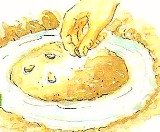 Sow clusters of 4 to 6 seeds at 1 inch deep for each hill. Thin the seedlings to 2 or 3 per hill. Exercise CareIt’s very important to take good care of the soil as this determines how the cucumbers will grow and taste in the end. Cucumbers need lots of water because they’re very thirsty plants. Always ensure that the soil is moist throughout the entire growing season. I remember the first time I grew cucumbers I was only 9 years old. I did it for a school project. My cucumbers ended up tasting bitter and I didn’t understand why. My teacher explained to me that the soil had to be kept moistened on a regular basis. Of course I was disappointed about the bitter cucumbers. I didn’t water them as often as required, but when I tried the next time around they tasted so much better. Of course I was very particular because I wanted to get it right. You see when it comes to watering you have to be really vigilant especially from the time the fruit begins to swell. Honestly I was glad that I learned that from an early age. With regards to watering, furrow or drip irrigation is perfect, however sprinkling is not recommended as it encourages downy mildew. Weed constantly and mulch under the fruits to help keep them clean. Temperatures over 100 degrees F/38 degrees C can also cause bitterness as well, so always monitor the soil condition. Training Your Growing CucumbersVines can spread to about 6 feet before the plants stop bearing. You can curb their rambling by training them up sturdy trellises. This helps to confine the long cukes in containers or to keep them straight. Here’s a tip…. 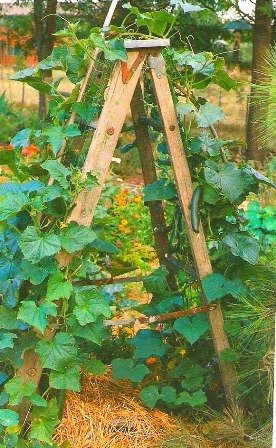 In order to keep cucumbers off the ground, you can use an old 6-foot ladder. This also provides support for the growing plants. Time to HarvestThis is something we all look forward to, picking some fresh tasty cucumbers. With slicing cucumbers, the fruits grow at about 6 to 8 inches long (or longer for extra long varieties) you can cut them from the vine. For sweet pickles do this when they’re at least 2 inches and for dill pickles 5 to 6 inches. Harvest 3 to 4 times weekly so that the plants will continue to produce new fruits and to prevent the ripe fruits from becoming seedy. It’s not good to keep seedy cucumbers on the plants for long. Harvest every few days to prevent the seeds from growing in ripe cukes. Yields usually comprise of 8 to 10 pounds per 10-foot row. Varieties consist of novelty cukes like lemon cucumber for example. 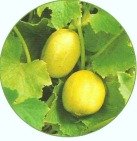 This type is a bright, yellow mild-flavored ball. The Armenian and Asian cukes grow about 2 feet in length. The Armenian cucumbers are best harvested at 20 inches. 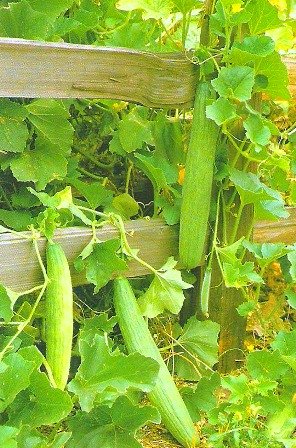 Slicers: Bush Champion is excellent for containers and is a 10 inch fruit. The salad bush is a common one and has small vines. It’s an 8 inch fruit and is disease resistant. Picklers: Pickalot bush bears over a long season and produces a 5 inch fruit. Pioneers are medium-length vines and are disease resistant as well. Cucumber FlowersAvoid using pesticides as they kill bees during flowering. The gynoecious hybids like the pickalot bush bear only female flowers and are more productive. However you must plant at least 1 male plant for pollination. A few color coded seeds of male plants are included in each seed packet. Growing Cucumbers for a SnackPeel cucumbers to make them easier to digest. Slice them thinly and season with freshly ground white pepper. This is an excellent snack that tastes really good. Health BenefitsIt encourages the flow of urine due to its high water content and helps fight kidney, liver and urinary bladder disease. The potassium levels in cucumbers help to control blood pressure. Growing cucumbers is a great deal when you really think about it. You can use them to prepare so many different meals in addition to salads. There are so many varieties to choose from and they’re really easy to grow. It’s really worth including them in your garden.
Move from Growing Cucumbers to Vegetable List
OR
|









